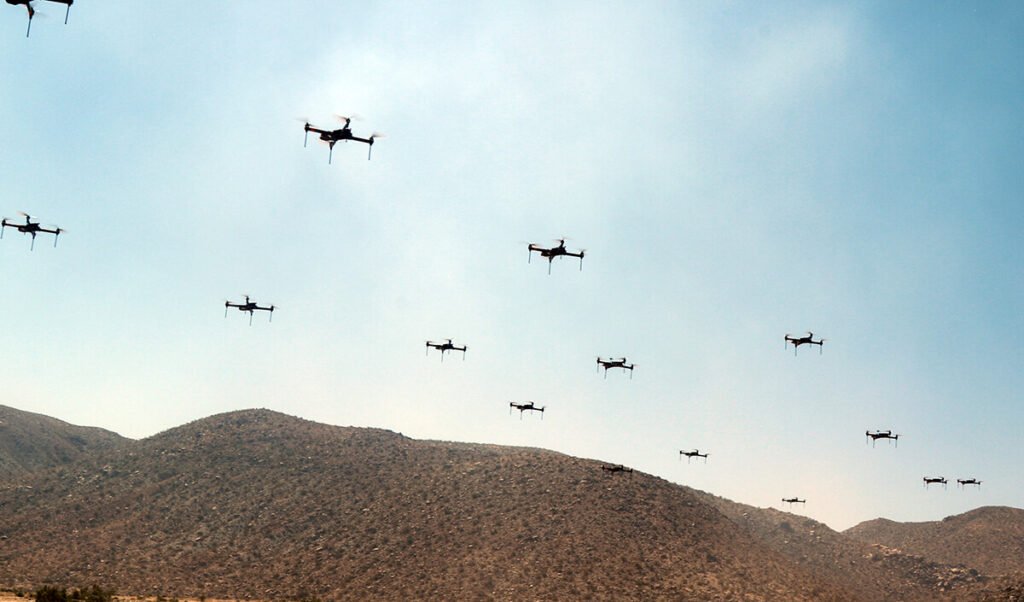
The Role of Swarm Drones: Can They Replace the Foot Soldier?
In recent years, the advancements in drone technology have opened up new possibilities in various fields, including military operations. One such innovation is the development of swarm drones, which are unmanned aerial vehicles (UAVs) that operate in a coordinated manner to achieve a common goal.
The question that arises is whether these swarm drones have the potential to replace the foot soldier on the battlefield. In this blog post, we will explore the capabilities of swarm drones and analyze their potential to replace traditional infantry units.
The Power of Swarm Drones
Swarm drones operate on the principle of collective intelligence. By leveraging advanced algorithms and communication systems, these drones can work together to perform complex tasks that would be difficult for a single drone to accomplish. They can coordinate their movements, share information, and adapt to changing situations in real-time.
These drones are equipped with a range of sensors, cameras, and other cutting-edge technologies that enable them to gather intelligence, perform surveillance, and engage targets with precision. They can fly at high speeds, navigate through challenging terrains, and operate both day and night.
Advantages of Swarm Drones
There are several advantages that swarm drones bring to the battlefield:
- Force Multiplier: Swarm drones have the potential to amplify the capabilities of a military force. By working together, they can cover a larger area, gather more information, and overwhelm the enemy with their sheer numbers.
- Reduced Risk: Unlike human soldiers, swarm drones do not put human lives at risk. They can be deployed in dangerous or hostile environments without endangering the lives of soldiers.
- 24/7 Operations: Swarm drones can operate continuously without the need for rest or sleep. This allows for round-the-clock surveillance and intelligence gathering.
- Flexibility: Swarm drones can adapt to different mission requirements and scenarios. They can quickly change their formations, adjust their tactics, and respond to dynamic situations.
The Limitations of Swarm Drones
While swarm drones offer numerous advantages, there are also some limitations that need to be considered:
- Communication: The effectiveness of swarm drones relies heavily on their communication systems. If the communication link between drones is disrupted or jammed, their coordination and effectiveness may be compromised.
- Autonomy: Swarm drones require sophisticated algorithms and artificial intelligence to operate autonomously. Developing and maintaining such systems can be challenging and resource-intensive.
- Protection: Swarm drones are vulnerable to countermeasures such as anti-aircraft weapons or electronic warfare systems. Adequate protection measures need to be in place to ensure their survivability on the battlefield.
The Future of Warfare
It is important to note that while swarm drones have the potential to revolutionize military operations, they are unlikely to completely replace foot soldiers. Infantry units bring unique capabilities to the battlefield, such as situational awareness, decision-making skills, and adaptability.
Instead, swarm drones are more likely to complement traditional infantry units, providing them with enhanced capabilities and support. They can be used for reconnaissance, target acquisition, and force protection, freeing up soldiers to focus on more complex tasks.
Conclusion
The development of swarm drones represents a significant advancement in military technology. While they have the potential to augment the capabilities of traditional infantry units, they are unlikely to replace foot soldiers entirely. The future of warfare lies in the integration of swarm drones with human soldiers, creating a force that is more agile, efficient, and effective.
Have a query? Contact Us
